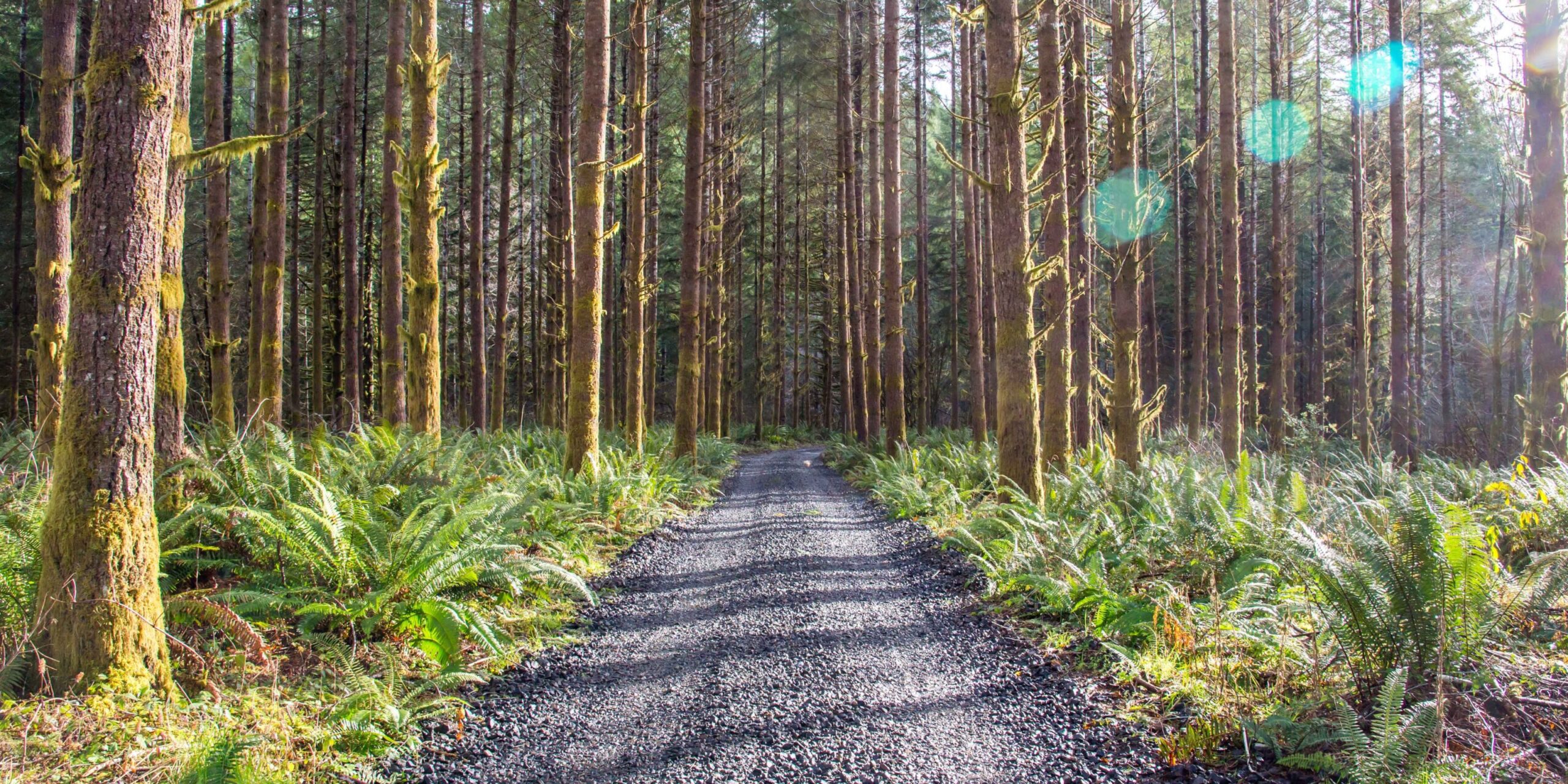
Work. Play. Renew.
What Forest Management Strategies Are Used for Fire Prevention?
Each year, billions of dollars are spent worldwide on both fire prevention and recovery from the harmful results of out-of-control wildfires.
In the state of Oregon, where the forest products industry makes up a substantial portion of the overall economic activity, a single wildfire can have devastating, nationwide consequences. Because much of the country depends heavily on the timber and other raw materials that Oregon provides, even a relatively small, accidental fire can have an impact far beyond the immediate geographical region.
Hampered productivity and job losses, however, are only some of the many concerns posed by the threat of wildfires. Locally, they can threaten health, lives and livelihoods, damaging homes, air quality and businesses as they rage out of control.
Oregon Forests Forever is dedicated to protecting forests and communities in our great state. In part, this means devoting a certain number of resources to fire prevention strategies as an overall part of a responsible forest management plan.
Are All Forest Fires Bad?
Fires are a natural part of the life cycle of a healthy forest, and in fact, they are actually quite necessary to keep the ecosystem healthy. Fires help to clear away buildup of dead and decaying plant matter, allowing new plant life to take hold. Occasional fires also help to return key nutrients to the soil, which is crucial to the long-term survival of the next generation of plant life.
It’s only when wildfires grow out of control that they become a serious problem. This often happens as a consequence of poor forest management and lack of fuel management.
How Do Wildfires Start?
During the hot, dry months of summer, fallen trees, leaves and other plant material serve as fuel for wildfires. The initial spark that ultimately grows into a raging inferno may come from a lightning strike.
Too often, however, forest fires also begin as a result of careless human activity. A casually discarded cigarette butt or improperly extinguished campfire can easily set off a devastating wildfire.
Fuel Management
Three elements contribute to wildfire: weather, terrain and fuel. The only one of those we can control is fuel.
As mentioned above, fuel sources often consist of a simple buildup of fallen vegetation. Old, dead trees and dried-out plants provide the perfect source of combustible material, which can help feed a fire.
While it’s impractical to clear out all the potential fuel that builds up over time, efforts can be made to prevent it from becoming too plentiful in the first place.
Thin the Forest Stands
One vital natural function that wildfires provide is destroying weak and unhealthy trees, leaving only the strongest ones behind. It’s these healthy stands of trees that are the cornerstone of the forest. However, if trees grow too densely in an area, it could encourage the growth of a dangerous fire.
As part of a well-managed forest, a forest management team may go into an area and thin the forest stands. In doing so, they help to remove a key source of potential fuel for a future deadly blaze.
Protect Healthy Plant Life
Dead and dying trees provide one of the biggest sources of combustible material. Therefore, keeping local plant life healthy is a major part of ensuring an area is safe from dangerous wildfires.
For a forest management team, a big part of this is preventing the spread of tree diseases and pests. An area that is found to have been overtaken by disease or insects may be quarantined, and the infected trees may be removed before the pest or pathogen can spread and kill other plant life and encourage wildfires. It’s also important to know when an outbreak of invasive pests has occurred so you don’t inadvertently help spread them by moving firewood or other activities. You can prevent this by only burning locally sourced firewood.
Prescribed Fires
Despite the havoc that they can wreak, it’s important to remember that there is nothing intrinsically bad about wildfires. It’s only when they spread beyond containment that they become a serious concern.
Through the use of controlled burns, a forest management team may carefully clear away buildup of dead plant matter. This tactic is far safer than waiting for a wildfire that could spread out of control.
Professionals often burn smaller combustible piles, which allows the forest to reap the benefits of fire, while also preventing dangerous buildup.
How You Can Help
Fire prevention efforts are not just the responsibility of the local authorities, every Oregon resident must also do their part. You can contribute by keeping your home free of fire hazards and also by helping to spread awareness of the risks of uncontrolled wildfires. One of the best ways to do so is to join Oregon Forests Forever. Explore our website today for more information.